From Hive to Home, Naturally Pure
The Soul of the Hive
1. A bee's life work yields a mere 1/12th of a teaspoon of honey.
2. They have five eyes for navigating and finding nectar.
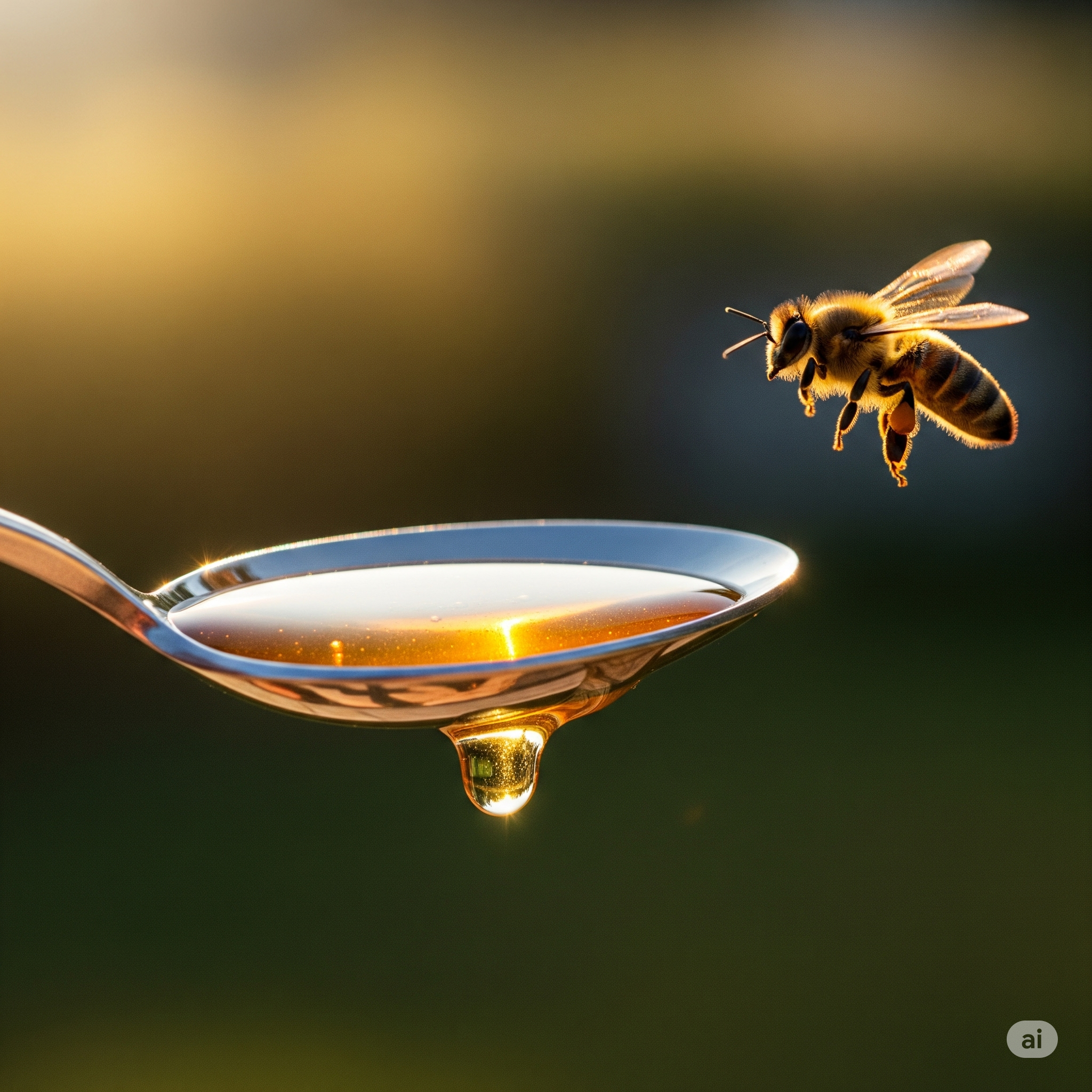
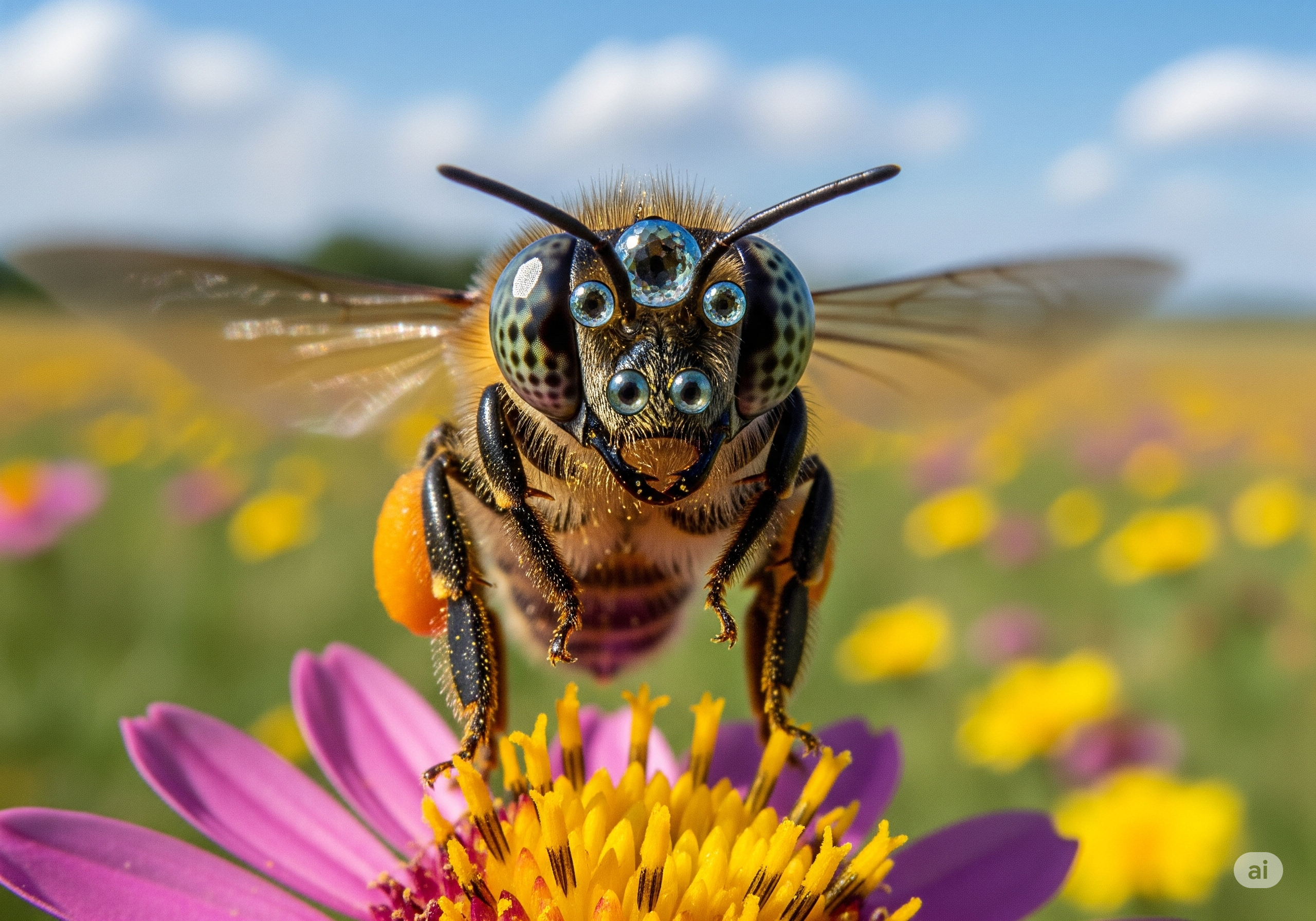
1. A bee's life work yields a mere 1/12th of a teaspoon of honey.

2. They have five eyes for navigating and finding nectar.

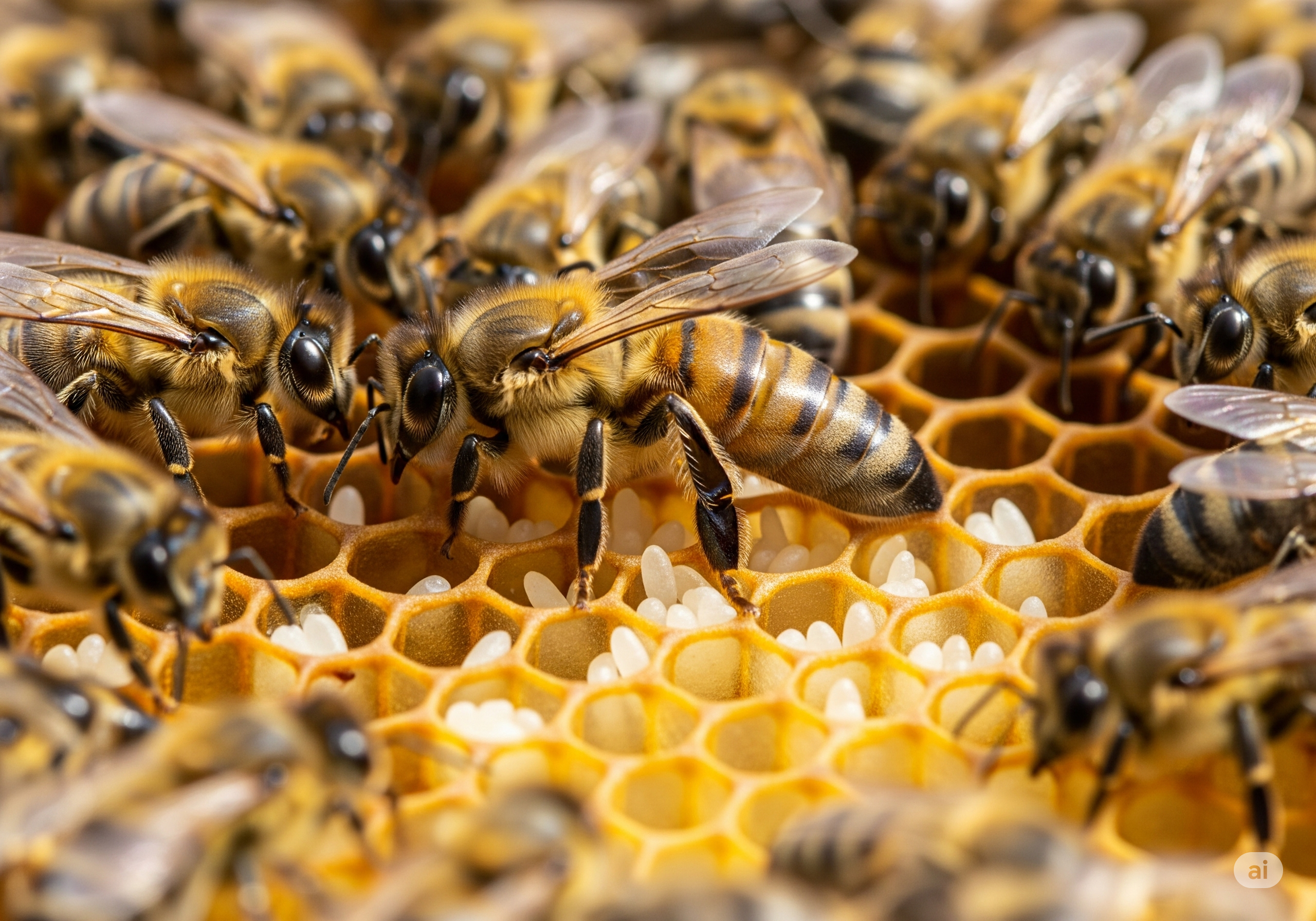
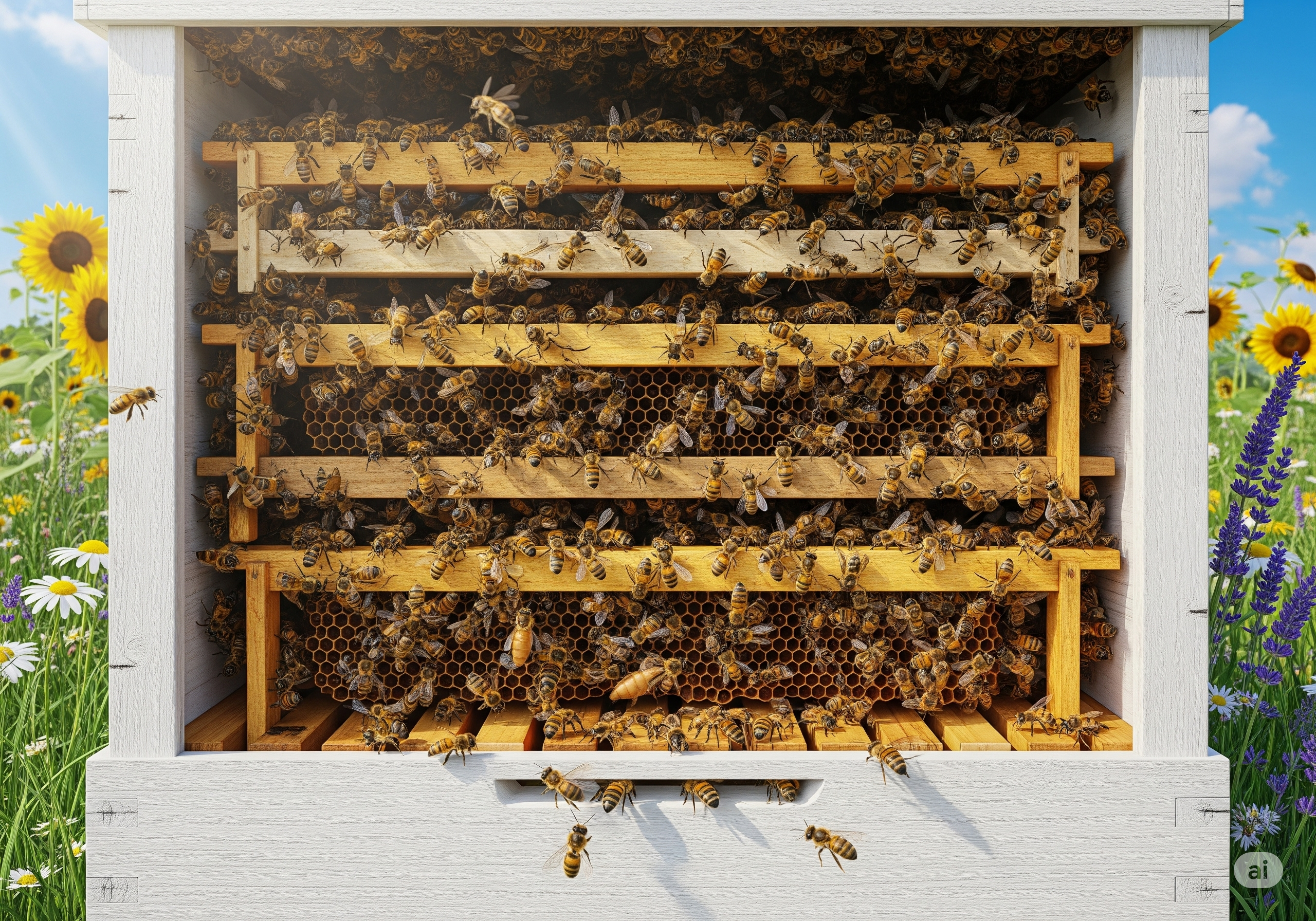
3. A queen bee can lay up to 2,000 eggs in a single day.
4. A colony can contain up to 60,000 bees in the peak of summer.
3. A queen bee can lay up to 2,000 eggs in a single day.

4. A colony can contain up to 60,000 bees in the peak of summer.

5. Bees beat their wings 200 times per second, creating their signature buzz.
6. They are responsible for pollinating about 80% of flowering plants.
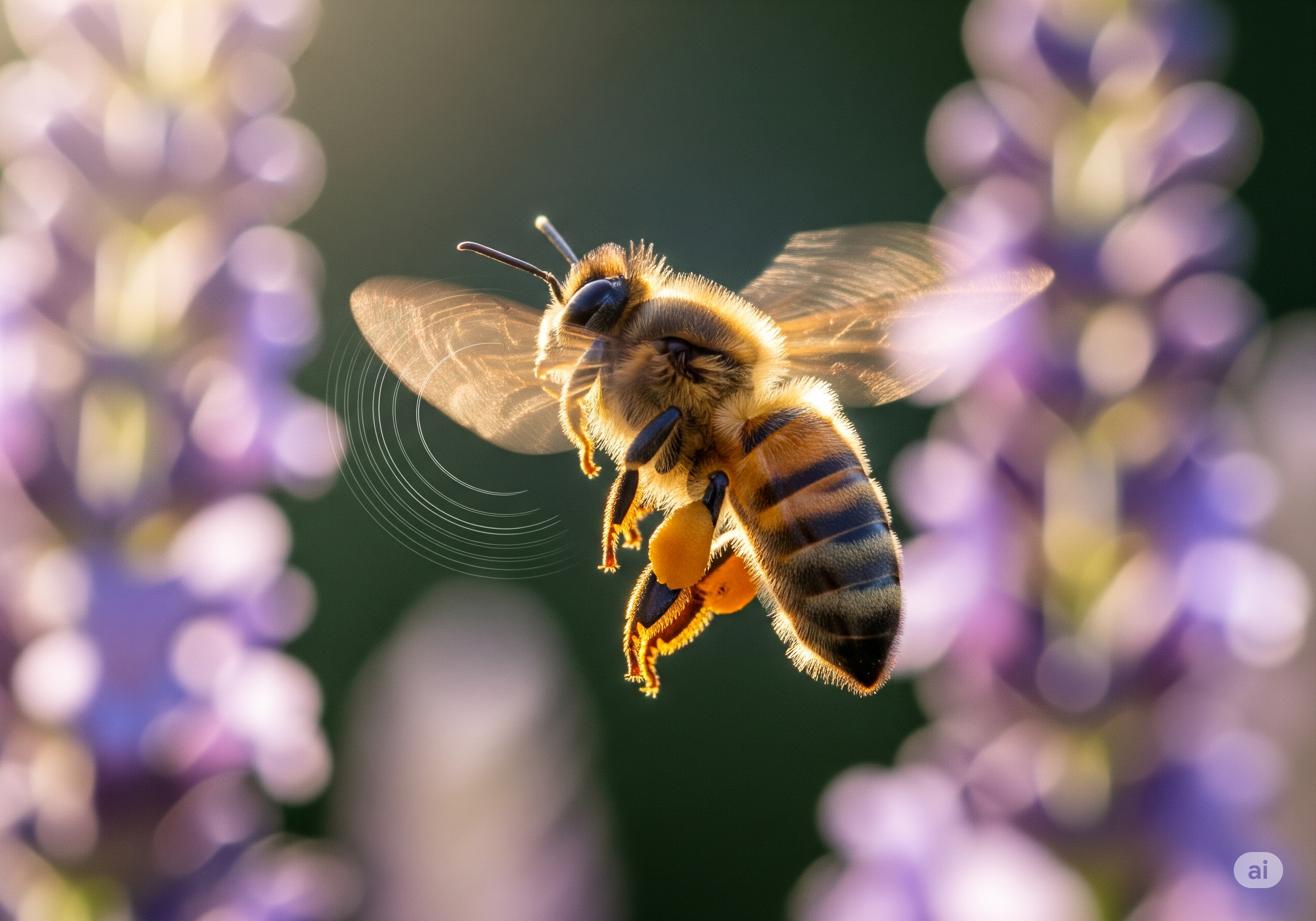

5. Bees beat their wings 200 times per second, creating their signature buzz.

6. They are responsible for pollinating about 80% of flowering plants.

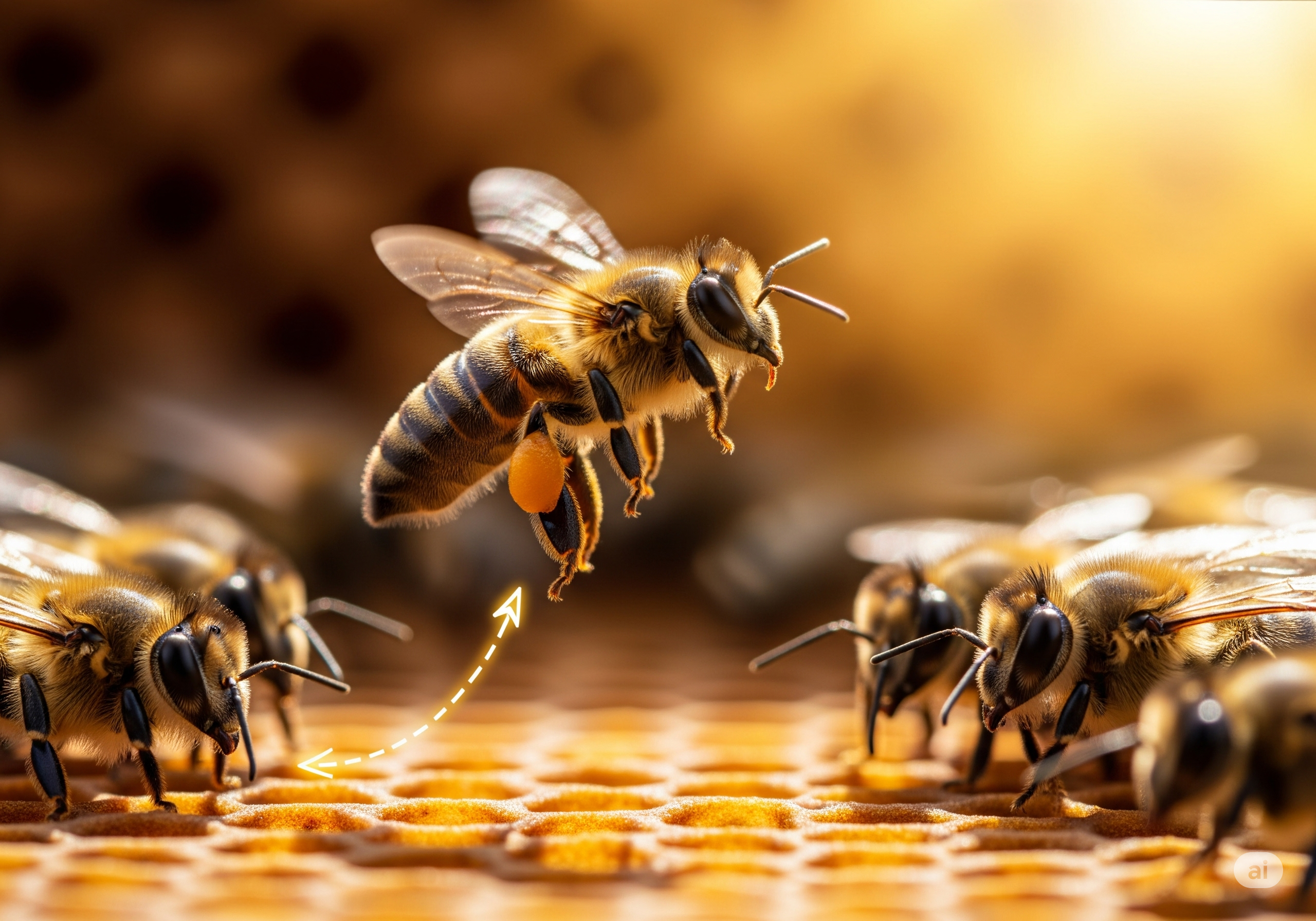
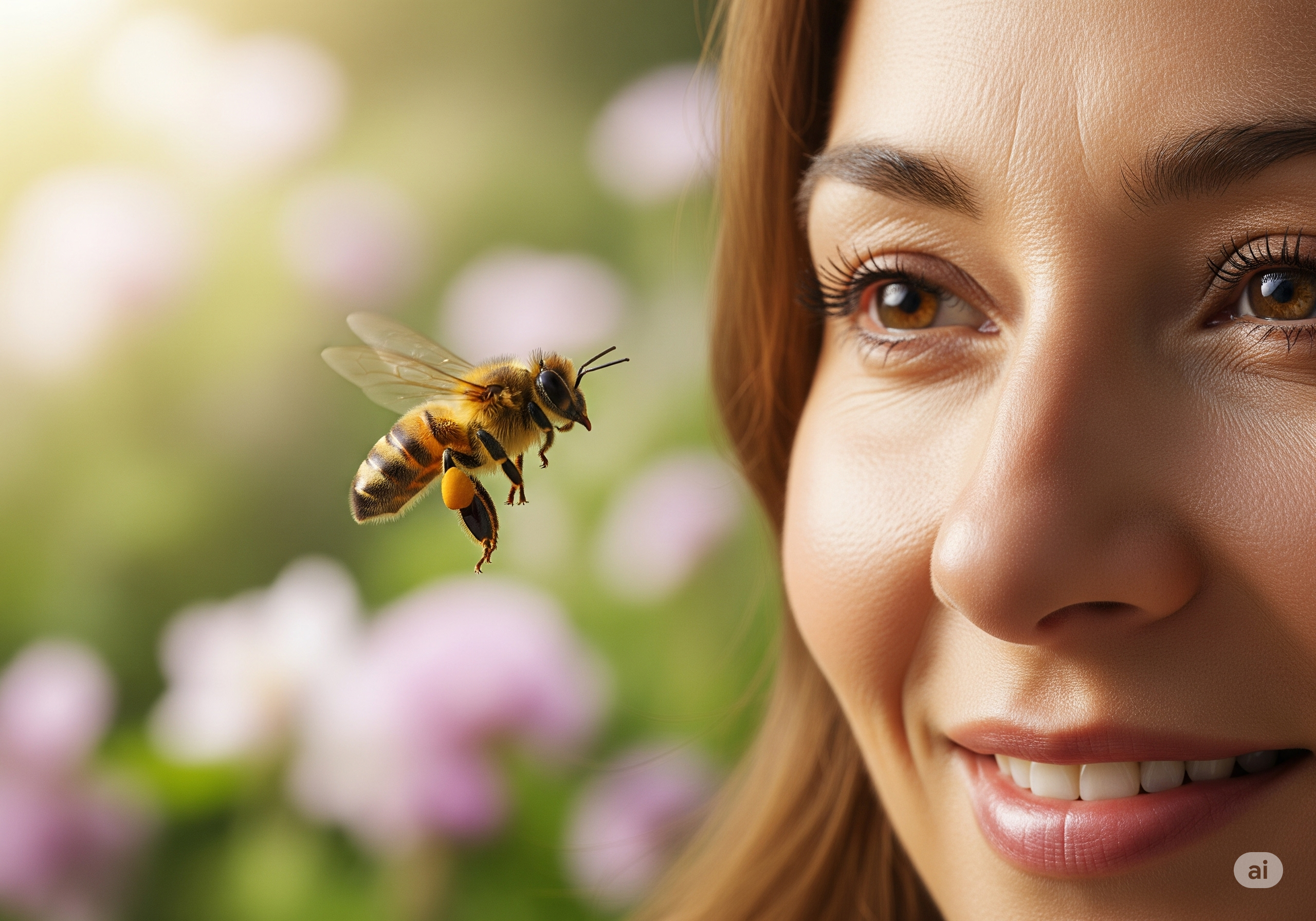
7. They communicate through a complex "waggle dance" to share the location of food.
8. Honey bees can recognize and remember human faces.
7. They communicate through a complex "waggle dance" to share the location of food.

8. Honey bees can recognize and remember human faces.

9. Male bees (drones) have no stinger and their main purpose is to mate with the queen.
10. A colony flies the equivalent of 3 times around the world to collect 1kg of honey.
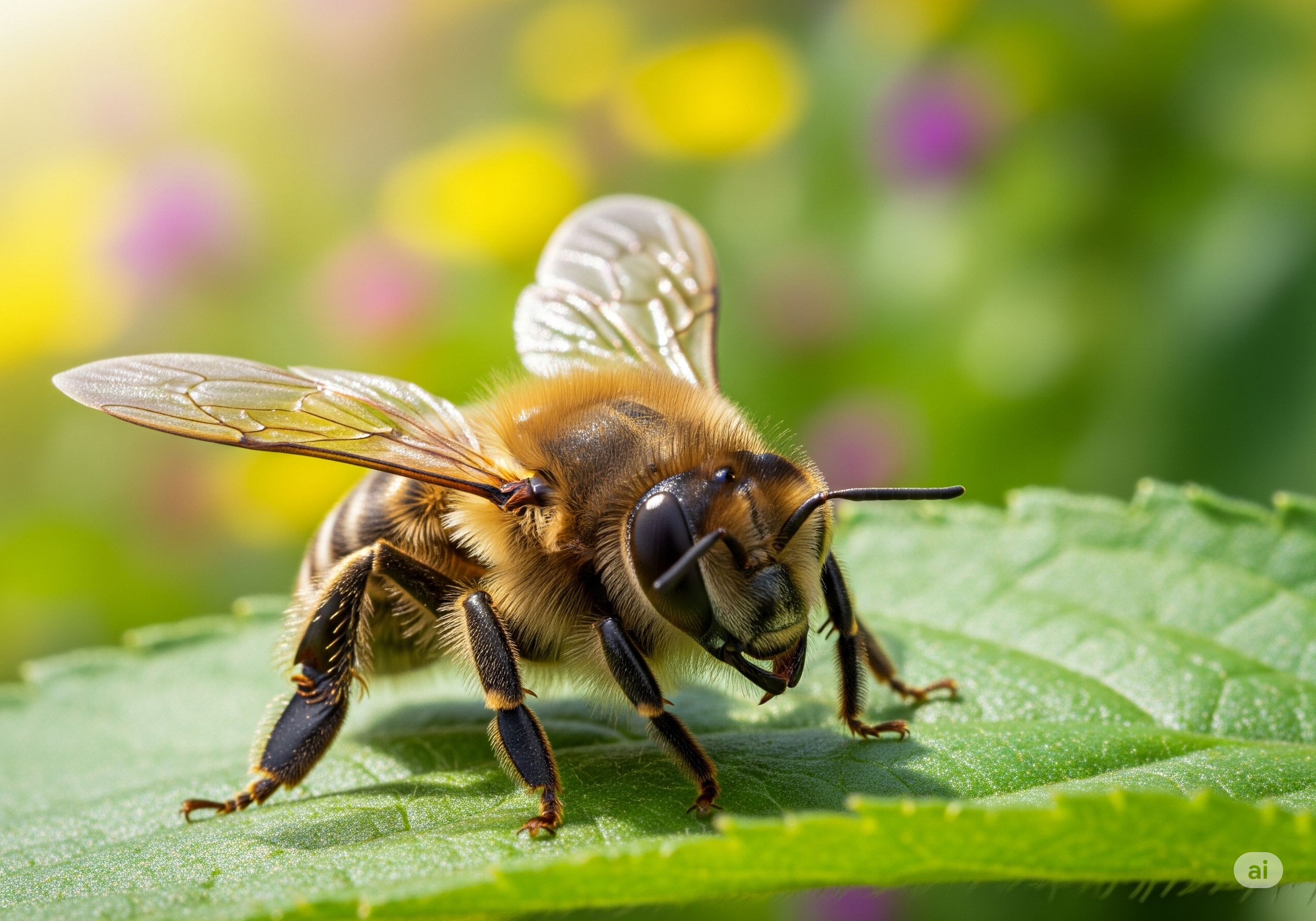
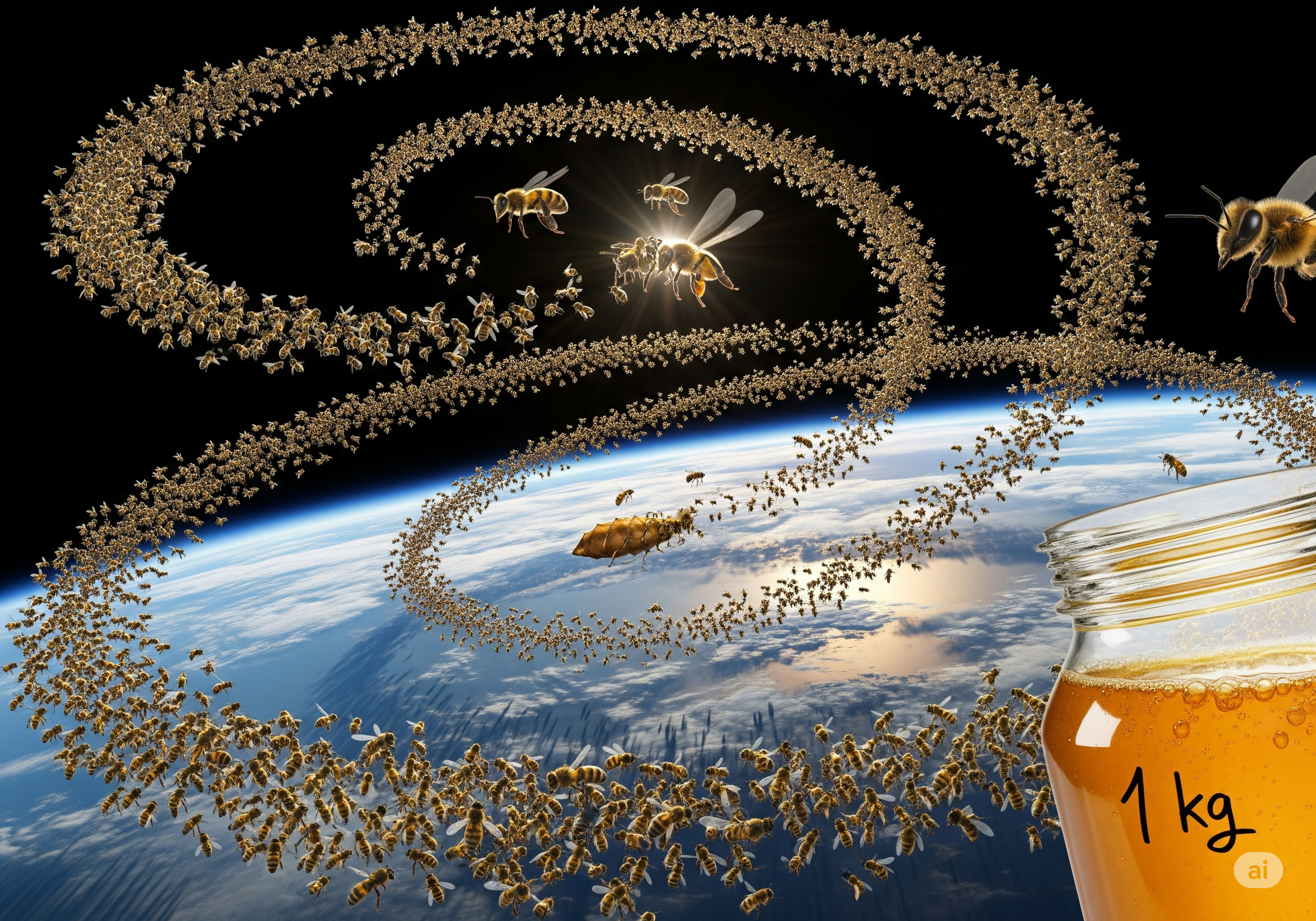
9. Male bees (drones) have no stinger and their main purpose is to mate with the queen.

10. A colony flies the equivalent of 3 times around the world to collect 1kg of honey.

The Essence of Flowers 🍯
1. Honey never spoils. Edible honey was found in 3,000-year-old Egyptian tombs.
2. It has natural antibacterial properties and has been used as a medicine for centuries.
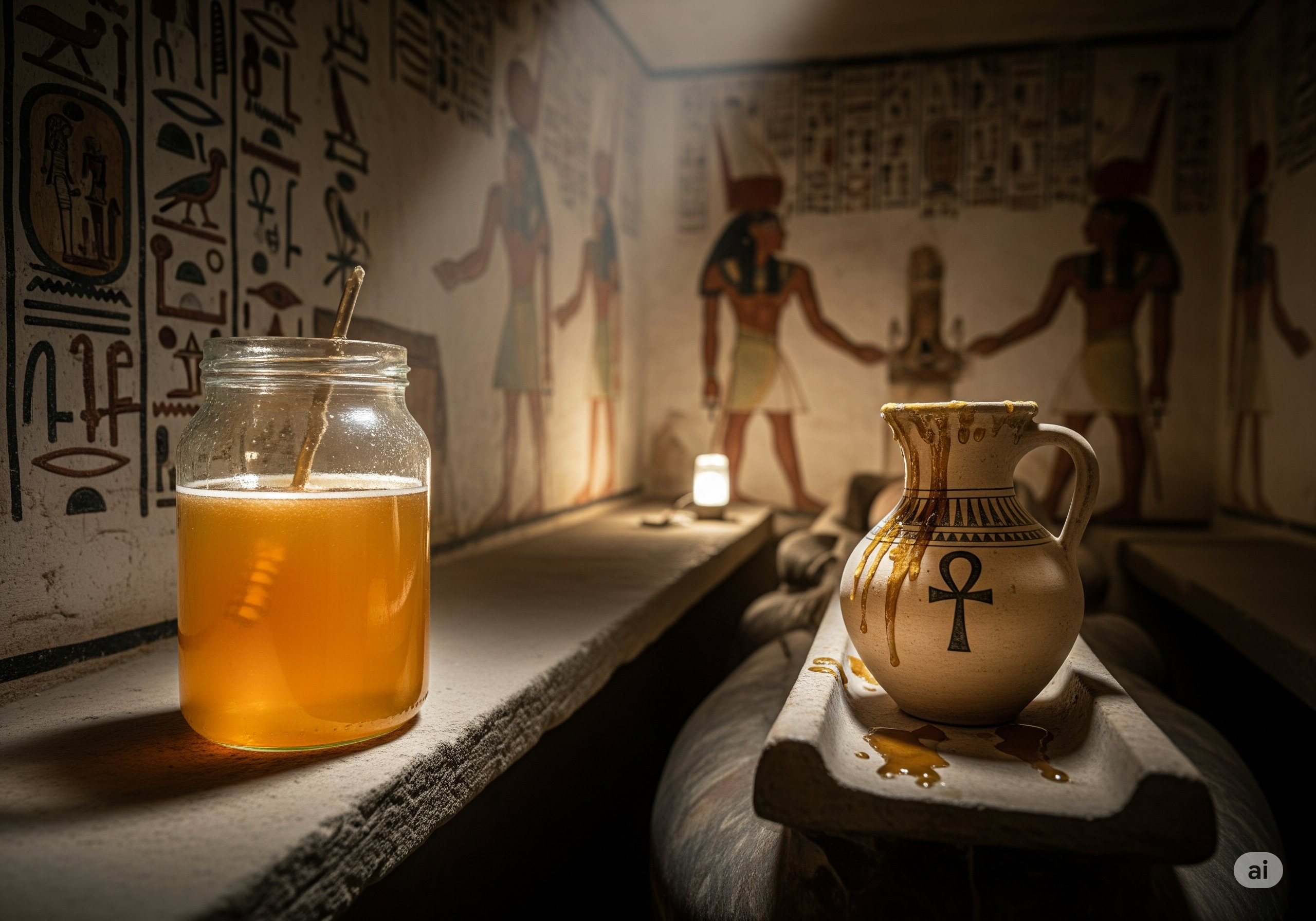
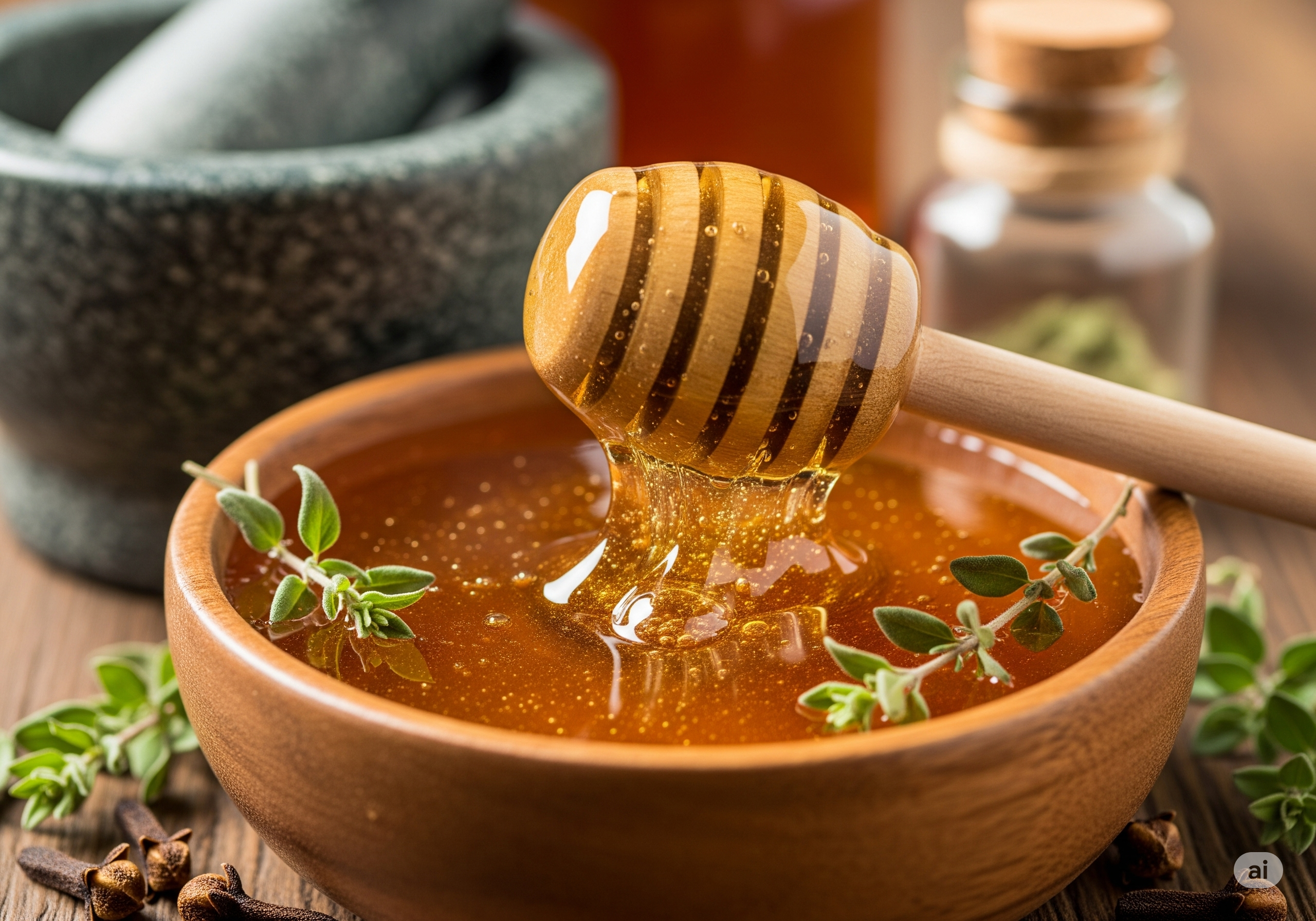
1. Honey never spoils. Edible honey was found in 3,000-year-old Egyptian tombs.

2. It has natural antibacterial properties and has been used as a medicine for centuries.

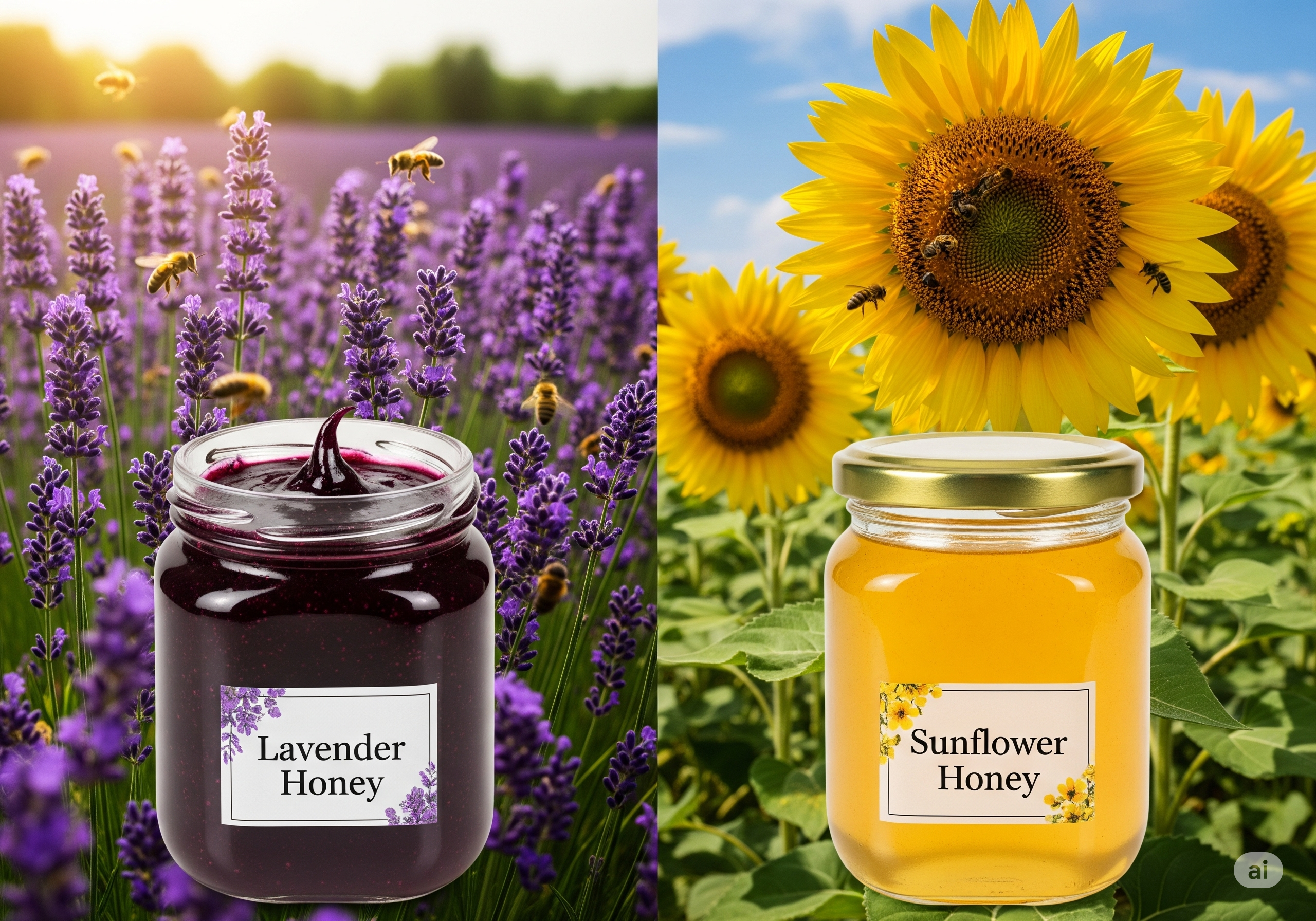
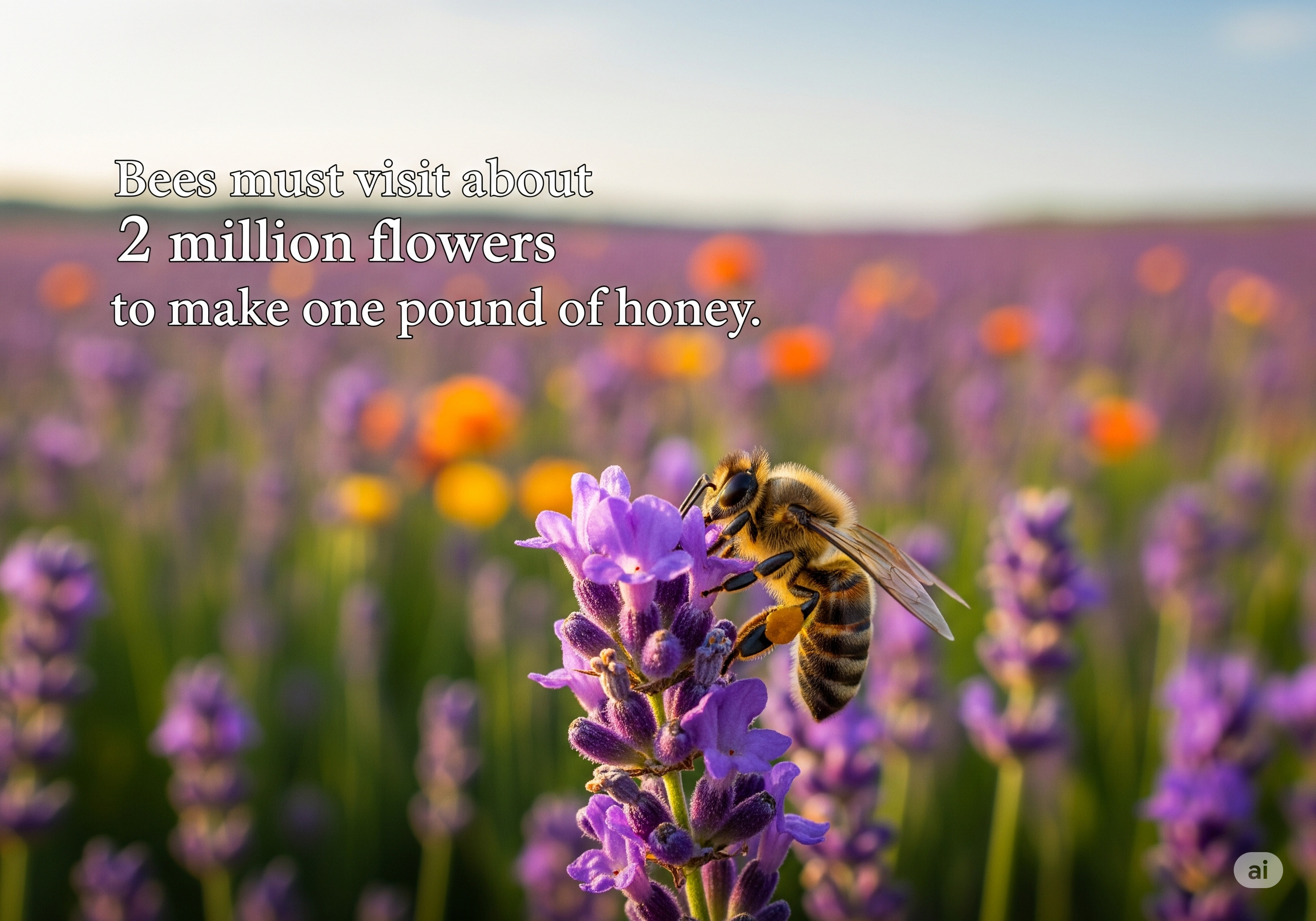
3. The flavor and color depend entirely on the nectar source from flowers.
4. Bees must visit about 2 million flowers to make one pound of honey.
3. The flavor and color depend entirely on the nectar source from flowers.

4. Bees must visit about 2 million flowers to make one pound of honey.

5. Honey is a natural energy booster due to its easily digestible sugars.
6. The process of honey becoming grainy is natural crystallization, not spoilage.
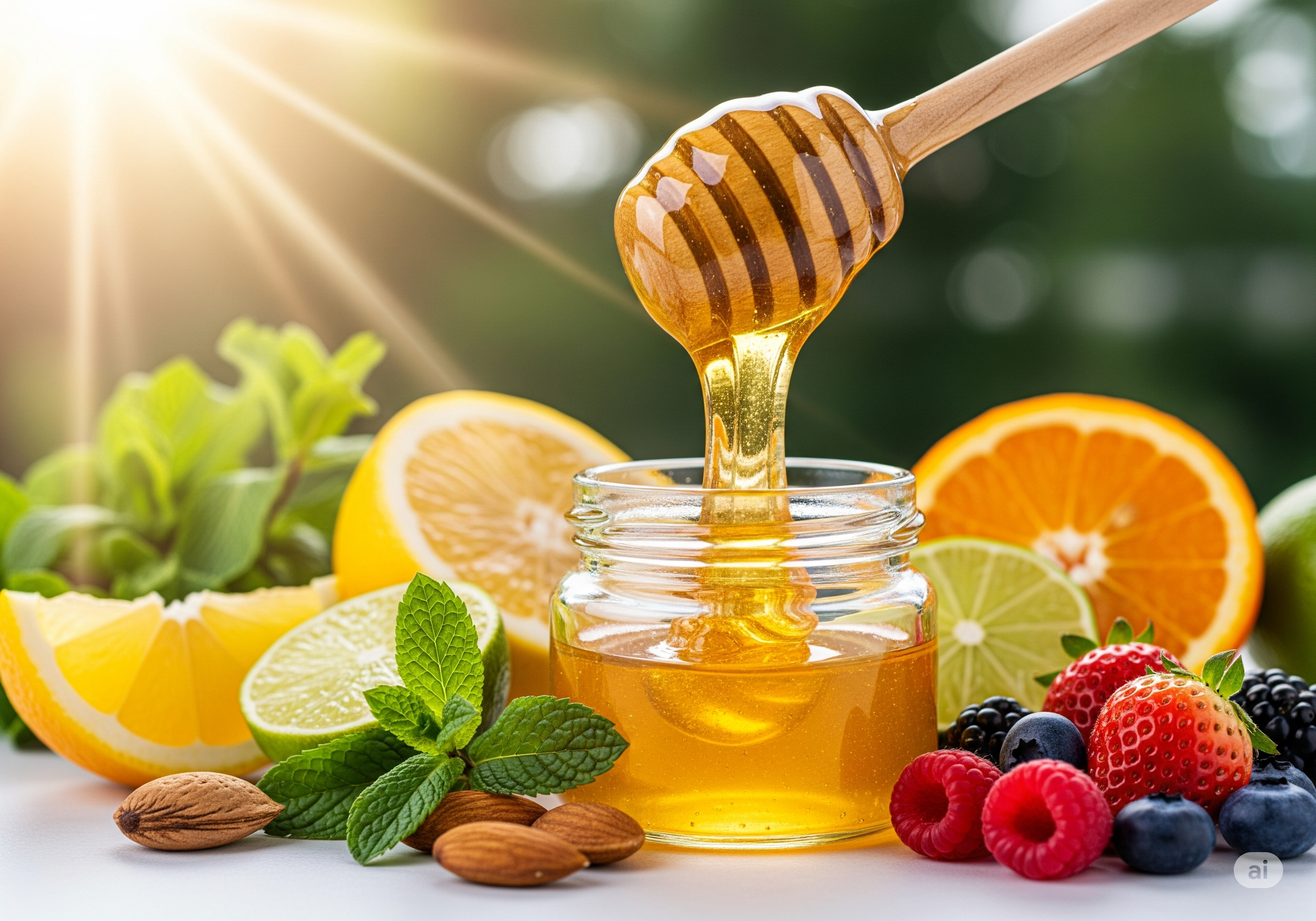
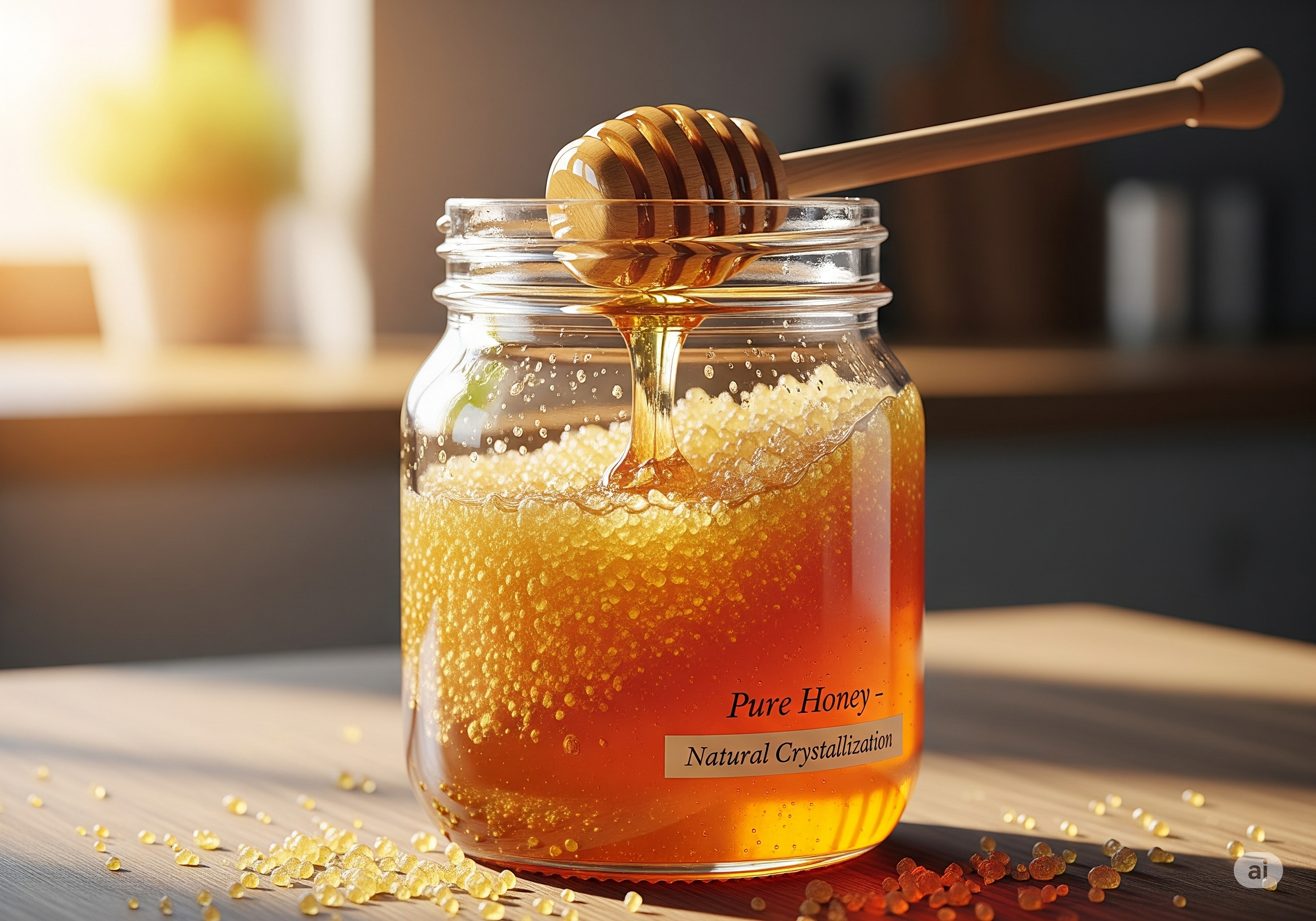
5. Honey is a natural energy booster due to its easily digestible sugars.

6. The process of honey becoming grainy is natural crystallization, not spoilage.

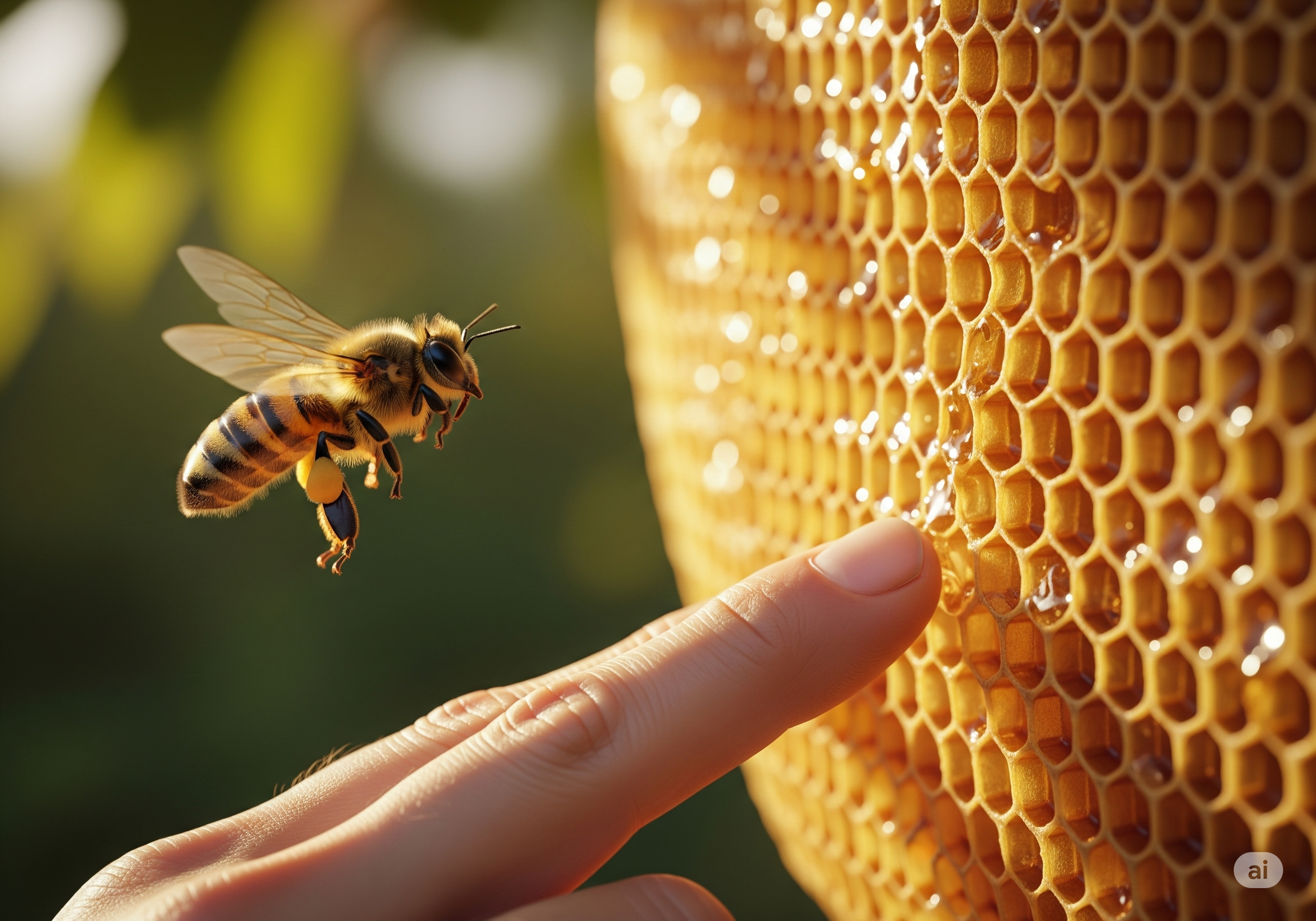
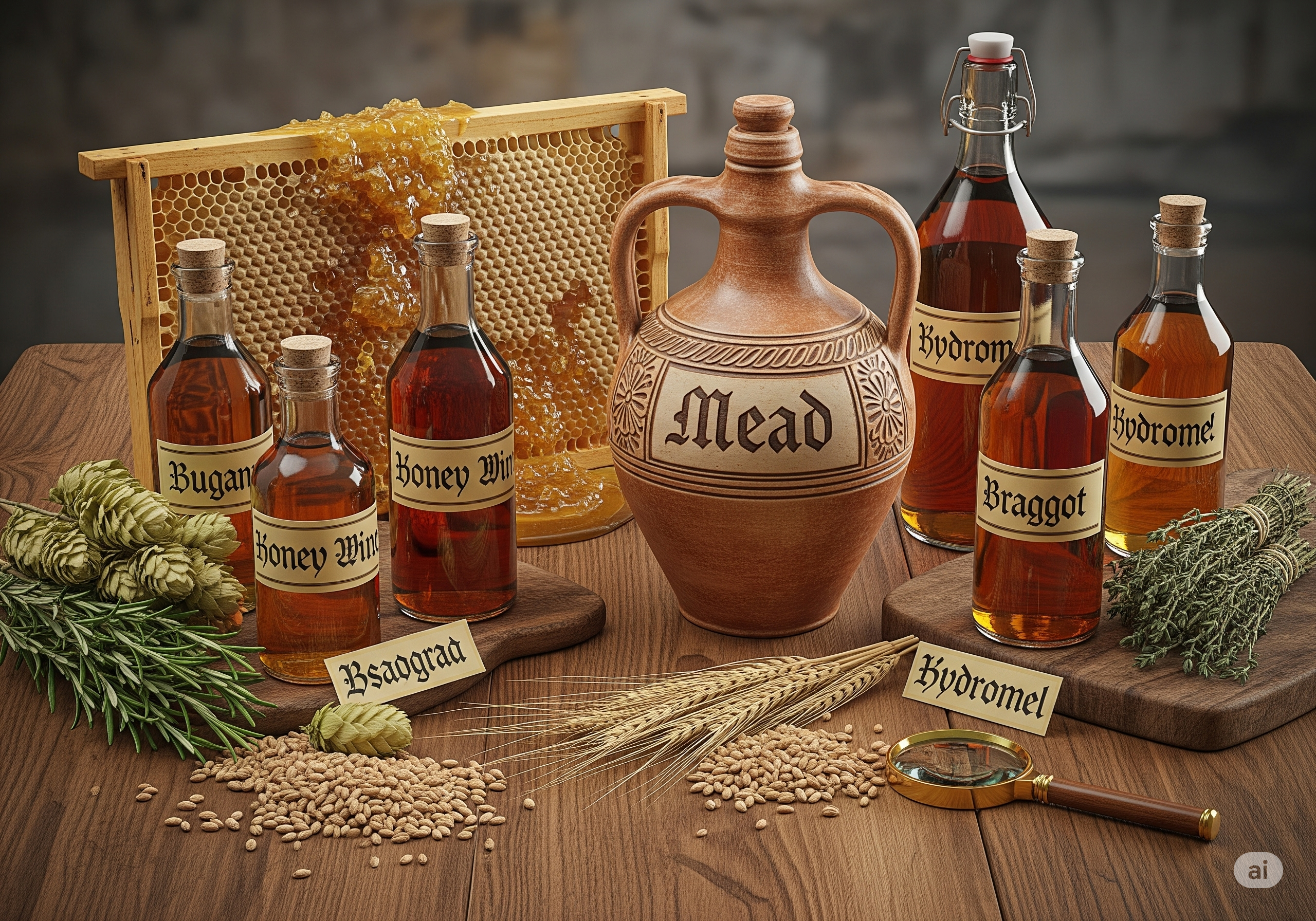
7. It's the only food created by an insect that is eaten by humans.
8. Honey has been used to brew alcoholic drinks like mead for thousands of years.
7. It's the only food created by an insect that is eaten by humans.

8. Honey has been used to brew alcoholic drinks like mead for thousands of years.

9. Its color can range from almost clear to dark reddish-brown.
10. Honey is hygroscopic, meaning it naturally absorbs moisture from the air.
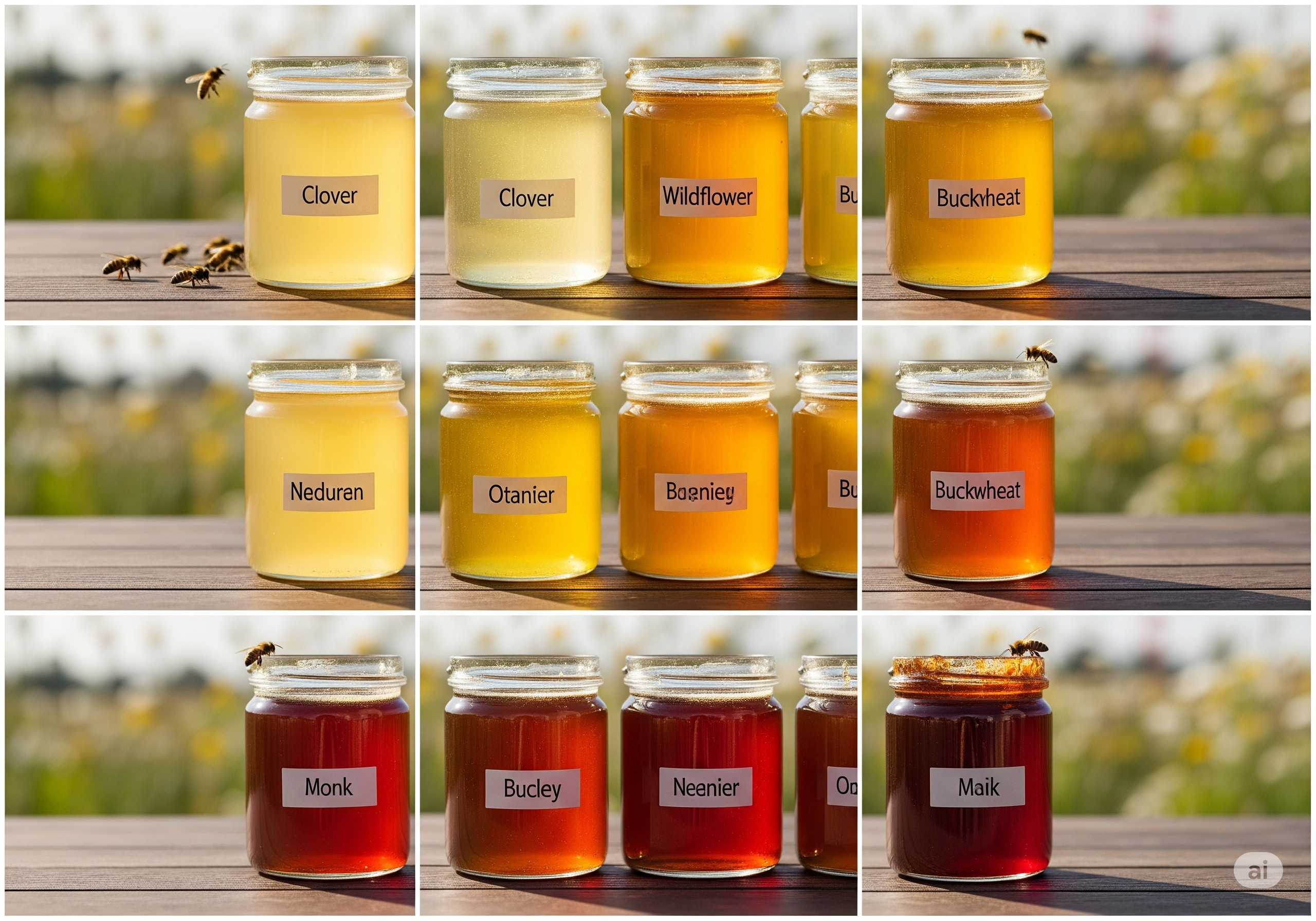
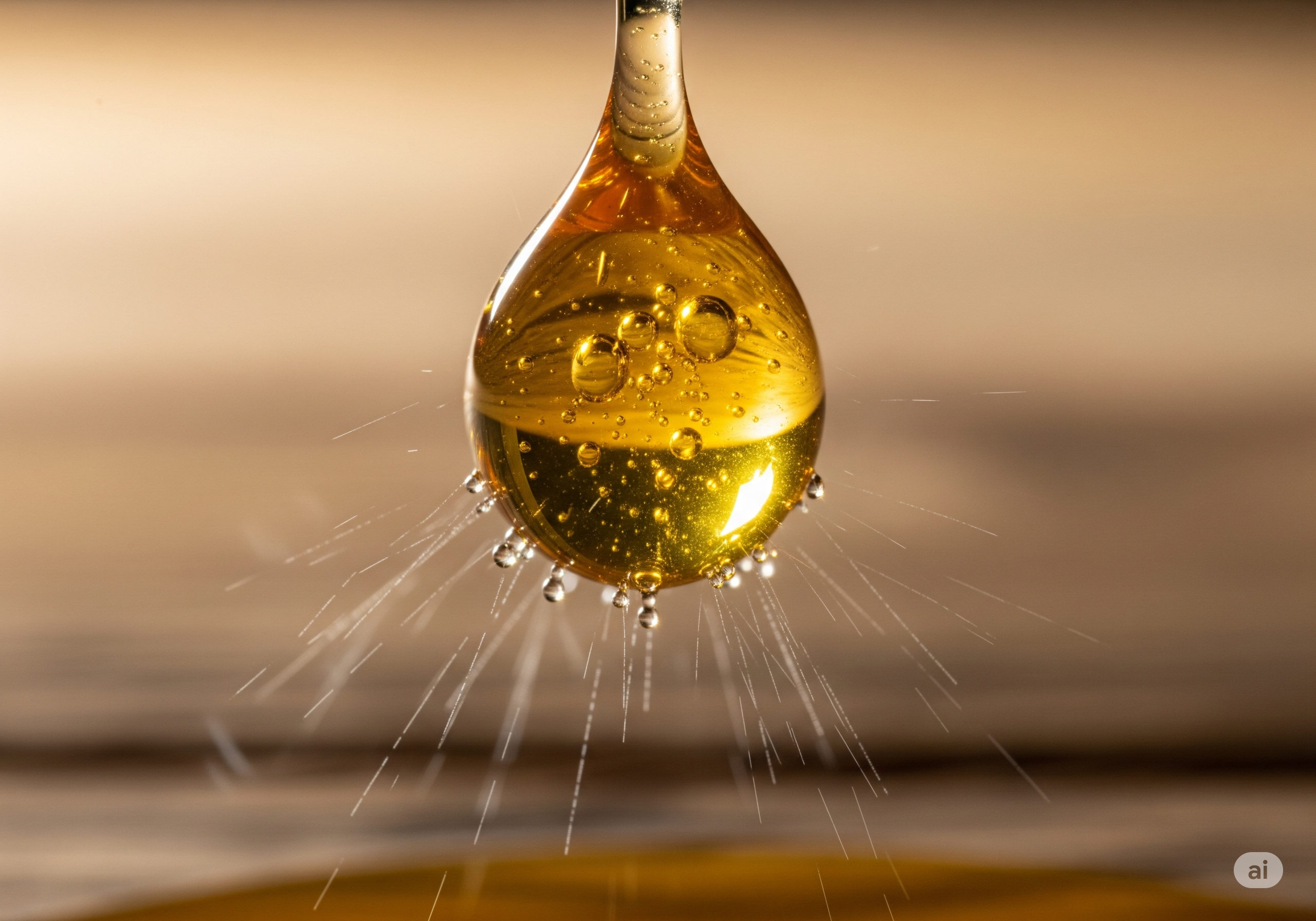
9. Its color can range from almost clear to dark reddish-brown.

10. Honey is hygroscopic, meaning it naturally absorbs moisture from the air.
